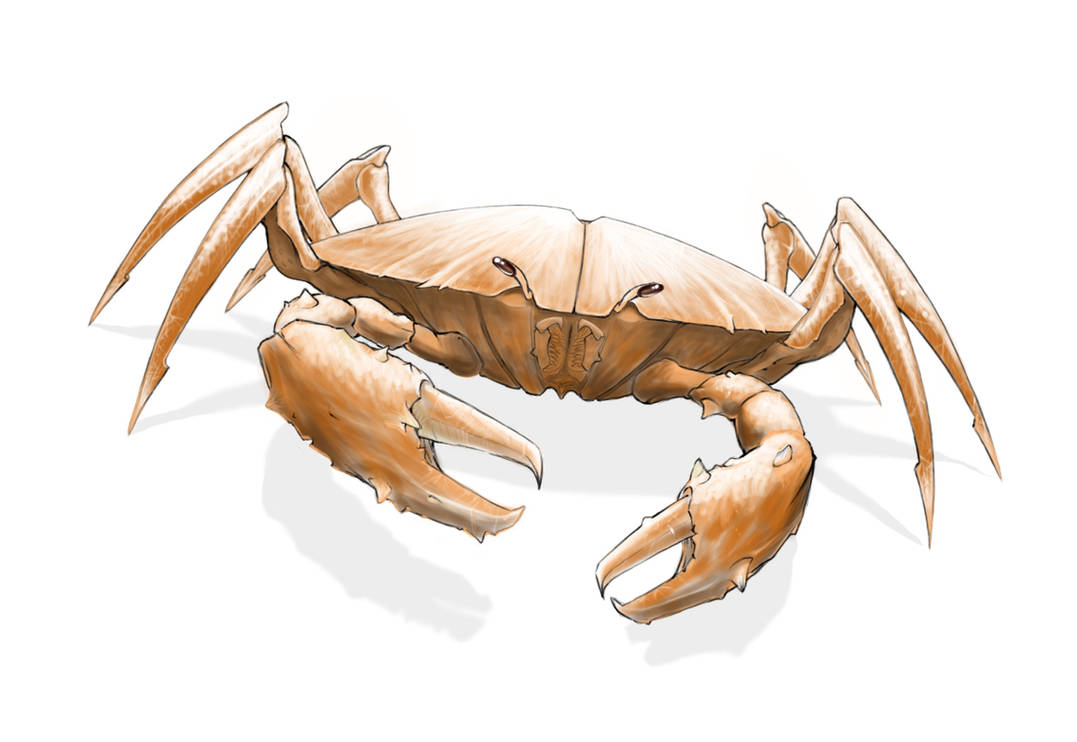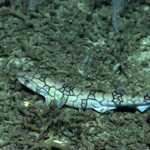In the world of natural wonders, there are few things more intriguing than the complex interplay between organisms and their environments. Among these wonders, shark fins and crab claws stand out as unique adaptations that have fascinated humans for centuries. But what happens when these materials, so closely linked to survival in the animal kingdom, intersect with the human tendency to see patterns or faces in inanimate objects? This brings us to a concept known as pareidolia, where our minds detect familiar shapes or patterns in random stimuli. In this article, we’ll explore shark fins, crab claws, and the phenomenon of pareidolia, discussing their biological significance, their role in conservation, and how they tie into our human instinct to find meaning in the world around us.
Shark Fins: An Icon of the Ocean’s Predators
Sharks have long been a symbol of the ocean’s raw power and majesty. With their sleek bodies and evolutionary advantages, these apex predators have survived for millions of years. One of the most distinctive features of a shark is its fin, which plays a critical role in maintaining balance, steering, and propulsion. However, in recent decades, shark fins have become synonymous with a controversial and often devastating practice: shark finning.
1 The Role of Shark Fins in the Ecosystem
Shark fins are designed for efficiency. The dorsal fin, located on the shark’s back, provides stability while swimming, helping the animal make sharp turns. The pectoral fins aid in lifting and steering, while the tail fin, or caudal fin, is responsible for propulsion, allowing the shark to swim swiftly and cover vast distances in search of food. These anatomical adaptations enable sharks to maintain their position at the top of the ocean food chain, controlling the populations of other marine creatures and maintaining the health of marine ecosystems.
2 The Problem of Shark Finning
Shark fins are highly valued in some cultures, particularly in Asia, where they are considered a delicacy, often served in shark fin soup. This demand has driven the practice of shark finning, where sharks are captured, their fins are removed, and the rest of the body is discarded back into the ocean, often while the shark is still alive. This inhumane practice has led to a dramatic decline in shark populations, endangering species and disrupting marine ecosystems.
Efforts to protect sharks have gained momentum in recent years, with international organizations and governments implementing stricter regulations on shark finning. Shark finning is illegal in many countries, and there are growing calls for better enforcement of these laws and for consumers to avoid shark fin products altogether.
2. Crab Claws: A Marvel of Evolution

Crab claws, or chelae, are another example of specialized adaptations in the animal kingdom. These powerful appendages play a variety of roles, from defense to hunting, and are crucial to a crab’s survival.
1 The Function of Crab Claws
Crabs use their claws for a variety of purposes. They are used to catch and break apart food, defend against predators, and interact with their environment. Some species have specialized claws, with one claw significantly larger than the other, known as a “crusher” claw. These large claws are used for crushing hard-shelled prey like mollusks and for warding off threats. The smaller claw, on the other hand, may be used for more delicate tasks, such as grabbing smaller food items or courting potential mates.
In addition to their practical uses, crab claws have also made their way into human culture, symbolizing strength, resilience, and adaptability. They are often harvested for culinary purposes, particularly in seafood dishes.
2 The Impact of Crab Harvesting
While crab harvesting is a sustainable practice in many parts of the world, overfishing remains a concern. In some areas, excessive harvesting of crabs can lead to declines in populations, affecting local ecosystems. As with sharks, sustainable practices and regulations are essential to ensure that crab populations remain stable and that their ecological roles are preserved.
3. Pareidolia: Seeing Faces in the Unseen
Pareidolia is the psychological phenomenon where people perceive familiar patterns, such as faces, in random stimuli. This might involve seeing faces in clouds, rock formations, or even inanimate objects like tree stumps or electrical outlets. The human brain is hardwired to recognize faces, a trait that likely evolved to help us identify friends and foes quickly. As a result, we tend to “see” faces in everyday objects, even when they are not there.
1 Pareidolia in Nature
Pareidolia isn’t limited to human-made objects. Many people report seeing faces in natural phenomena, such as the patterns on a crab’s shell or the configuration of shark fins. These shapes might remind us of eyes, noses, and mouths, triggering the brain’s face recognition system. This tendency to anthropomorphize can give us a sense of connection with the natural world, as we project human-like characteristics onto animals or objects.
For example, the distinctive shape of a crab claw, when viewed from certain angles, might resemble a face or a hand. Similarly, the pointed fins of a shark may evoke images of a looming figure or a predatory face. These forms of pareidolia help us relate to animals and the environment in a personal way, although the patterns we see are purely coincidental.
2 The Role of Pareidolia in Conservation Awareness
Pareidolia has a surprising role in environmental conservation. When people see faces or anthropomorphized features in animals, it can trigger an emotional response that promotes empathy. The sight of a shark fin or a crab claw resembling a face may elicit a sense of connection, making these creatures seem more relatable. This emotional engagement can inspire people to care more about their protection.
In conservation campaigns, visual representations of animals with “human-like” features often gain more traction, as people are more likely to feel emotionally invested in the well-being of creatures they perceive as similar to themselves. Thus, pareidolia may inadvertently play a role in raising awareness about the importance of protecting endangered species like sharks and crabs.
4. Conclusion: Nature, Perception, and Conservation
Shark fins and crab claws are not just biological marvels—they represent the beauty and complexity of nature’s adaptations. At the same time, these materials are deeply intertwined with human practices and perceptions, such as the controversial trade in shark fins and the overfishing of crabs. By understanding these natural features and the role they play in maintaining ecological balance, we can better appreciate the need for sustainable practices and conservation efforts.
Moreover, pareidolia adds an intriguing layer to how we interact with the natural world. When we see faces in shark fins or crab claws, we are not only recognizing patterns but also fostering a sense of connection and empathy for these creatures. This emotional connection, fueled by our instinctual tendency to find faces in the world around us, can inspire action in protecting the very creatures whose features we recognize as familiar.



